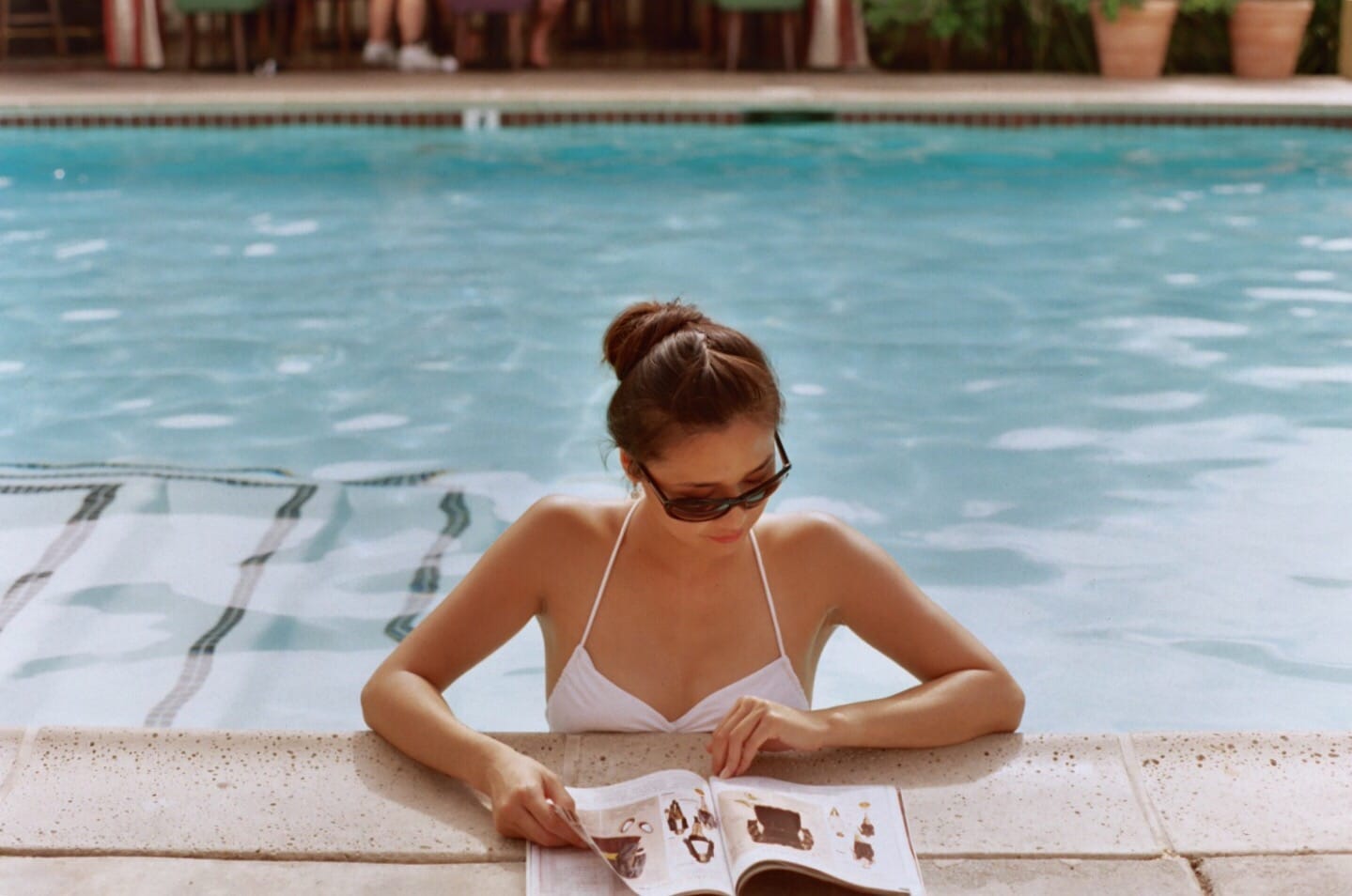Beyonce. Rihanna. Letitia Wright. Yara Shahidi. Tiffany Haddish. Tracee Ellis Ross. Lupita Nyong’o. Zendaya. Slick Woods. Issa Rae. Aja Naomi King. Laverne Cox. Naomi Campbell. The September issues are here! And their covers are the best ones we’ve ever seen. Why? Because for the first time, as black women we can see ourselves, our family members, and black women we admire and respect in the faces of so many of the women featured on their covers. And more importantly, we can see issues of importance to us in the editorial features inside. History is being made this month. And its a magical experience.
Sure, it’s mid-August. But the talk in the world of luxury fashion and design is all about September: the fall-winter collections; the upcoming Fashion Weeks in New York, Milan, London and Paris; the frenzy of new launches and collabs; and the debuts of new designers this fall.
This week, though, the focus is and energy is all on the covers of the September issues of the big fashion books, which are hitting newsstands now. It’s a fun fall ritual waiting to see who’s on the cover, and curling up to discover what’s inside Vogue, Harper’s Bazaar, Elle, Marie Claire, Essence, W, among other fashion and style publications.
These are generally the most important editions of the year for their publishers: they attract more advertisers, more readers, and more PR than issues published any other time of year.
If you want to get a sense of just how high the stakes are, watch the documentary The September Issue, in which director R. J. Cutler trailed editor Anna Wintour and her team for almost a year as they assembled the September 2007 US edition of Vogue.
As a result of the economics of the September editions, being chosen as the cover subject of one of these issues is the pinnacle of success in the fashion world for models, actresses, and other celebrities.
Perhaps not surprisingly, that has meant that historically, the cover subjects of the September issues have almost always been young, slim, Caucasian women. Sure, sometimes you’d find group photos, or portraits of people of color on the cover — but those were almost always on the covers of the editions sent to subscribers. Not on the ones designed to sell product at the newsstand. You might see up to 5 different September issue covers for some publications — but the one that really matters is the newsstand edition.
“When I first started, 21 years ago, I was told that it was hard for me to get onto covers of magazines because black people did not sell,” Beyoncé wrote in a recent essay.
So what a happy surprise in this year of quantum leaps forward for people of color in popular culture, and continued demonstration and celebration of black excellence, to learn that almost all of the cover stars on the coveted newsstand September issues of mainstream fashion magazines – including American and British Vogue, Glamour and Marie Claire – are black women.
Wut??? It’s true.
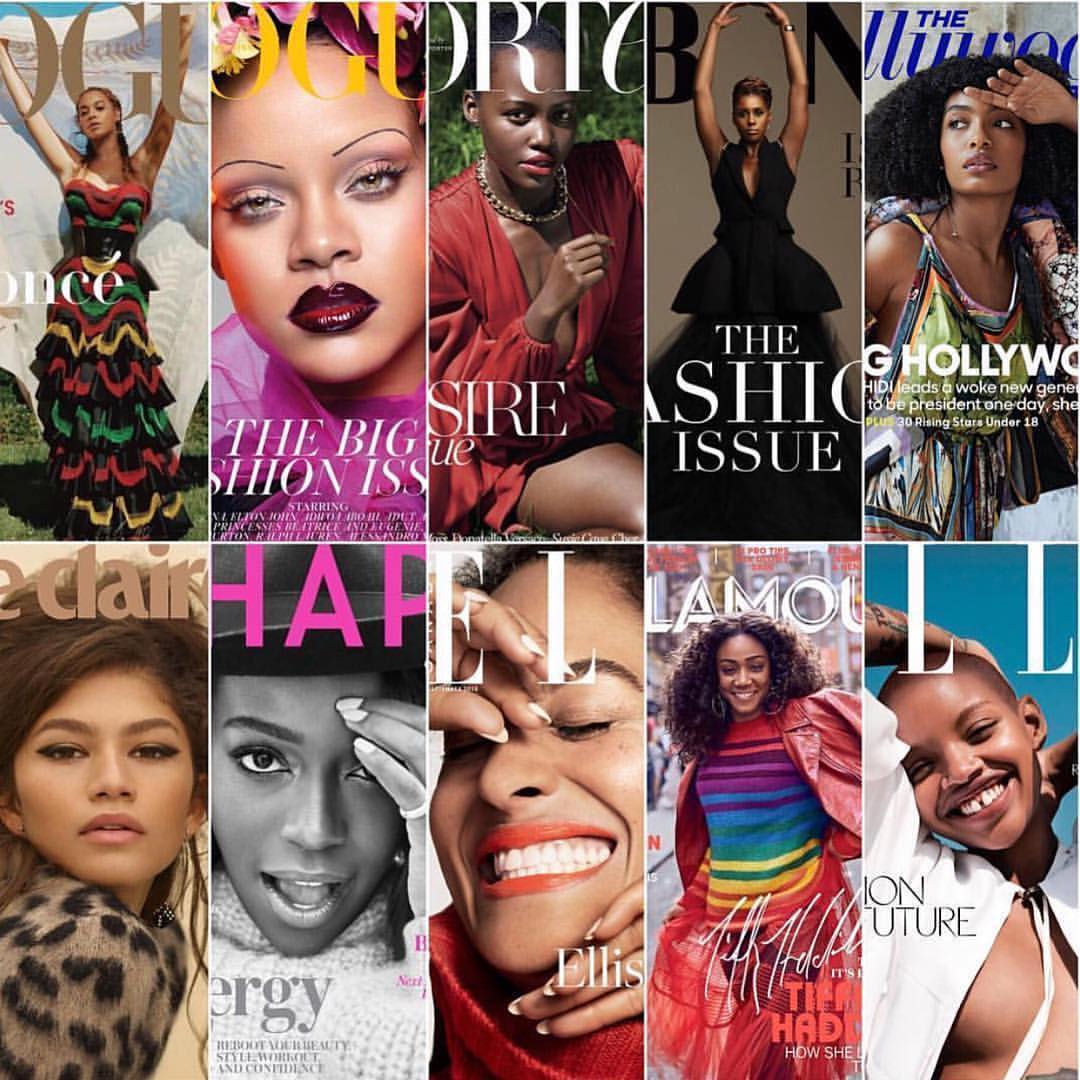
The September 2018 issues
Here’s the lineup: Beyonce on American Vogue; Rihanna on British Vogue; Lupita Nyong’o on Porter; Zendaya on Marie Claire; Yara Shahidi on the Hollywood Reporter (technically, she’s on the August 8 edition, but we’re including her here anyway!); Tiffany Haddish on the U.S. edition of Glamour; Tracee Ellis Ross on Elle Canada; Slick Woods on British Elle; Issa Rae on Ebony; Aja Naomi King on Shape; Laverne Cox on Variety; Naomi Campbell on Essence; and Letitia Wright on W’s “Volume 4” issue.
And it’s not just the subjects of the cover photos who are black — in the case of American Vogue, the photographer is, too.
“Until there is a mosaic of perspectives coming from different ethnicities behind the lens, we will continue to have a narrow approach and view of what the world actually looks like,” Beyonce said in her Vogue cover story, which was photographed by Tyler Mitchell, the first black photographer to shoot American Vogue‘s cover in the publication’s nearly 126-year history.
British Vogue is helmed by the magazine’s first black editor-in-chief, Edward Enninful. And Rihanna is the first black woman to cover the September issue since the publication was launched in 1916. The Elle Canada issue that Tracee Ellis Ross covers was produced by the only black editor-in-chief in the Elle network, Vanessa Craft.
Of course, not EVERY fashion book has a black woman on its cover. Bruce Springsteen and his daughter are on the newsstand cover of American Harper’s Bazaar (Kanye, North and Saint West are on one of four subscriber covers); Catherine Zeta-Jones and her daughter are on the cover of Town & Country; Jennifer Aniston graces the newsstand cover of InStyle, and Michelle Williams is on the September cover of Vanity Fair.
And of course, Essence and Ebony have always featured strong beautiful black women as their cover subjects. Essence cheekily pointed this out when it announced its September cover, featuring Naomi Campbell wearing Dapper Dan for Gucci with an interview by Andre Leon Talley. “Giving Black women covers since May 1970,” the magazine tweeted. Touche.
One of the many things we love about these editions is the hues of the women featured run the gamut, as do their hair texture. They’re not staged in African landscapes, or gritty urban settings. They’re adorned with flowers, dressed like angels, and given all the traditional trappings of romantic beauty that has for so long been denied black women. Sure, they’re sexy — but their images are not only about sex. They’re also about strength, confidence, romance, desire, longing and timeless beauty.
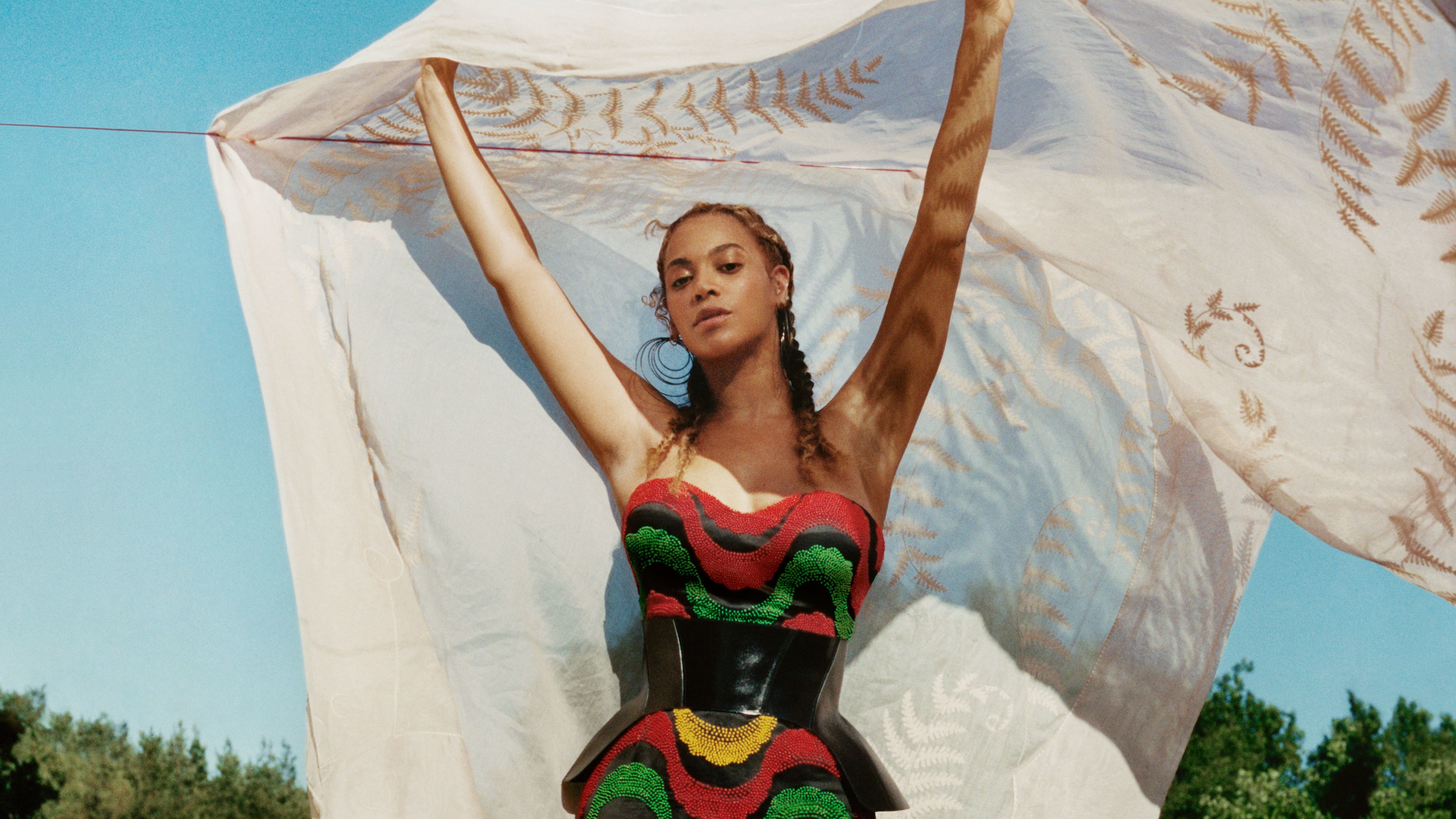
Beyonce in American Vogue September 2018
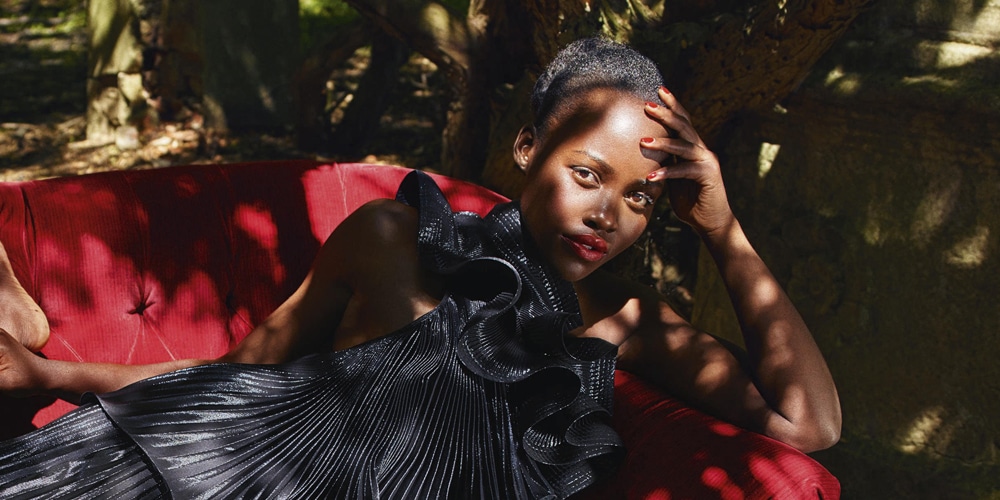
Lupita Nyong’o in the fall issue of PORTER magazine
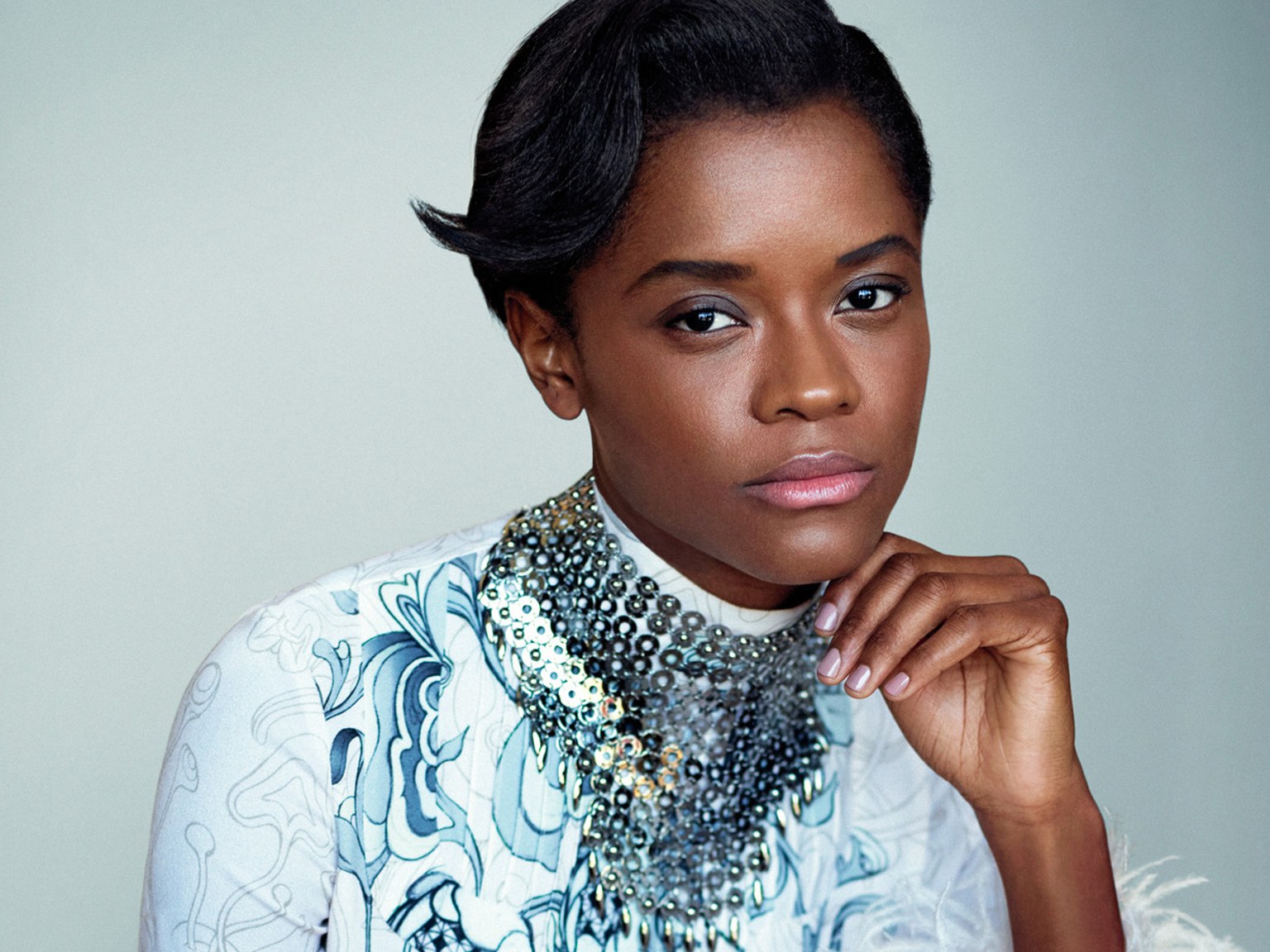
Letitia Wright in W Magazine
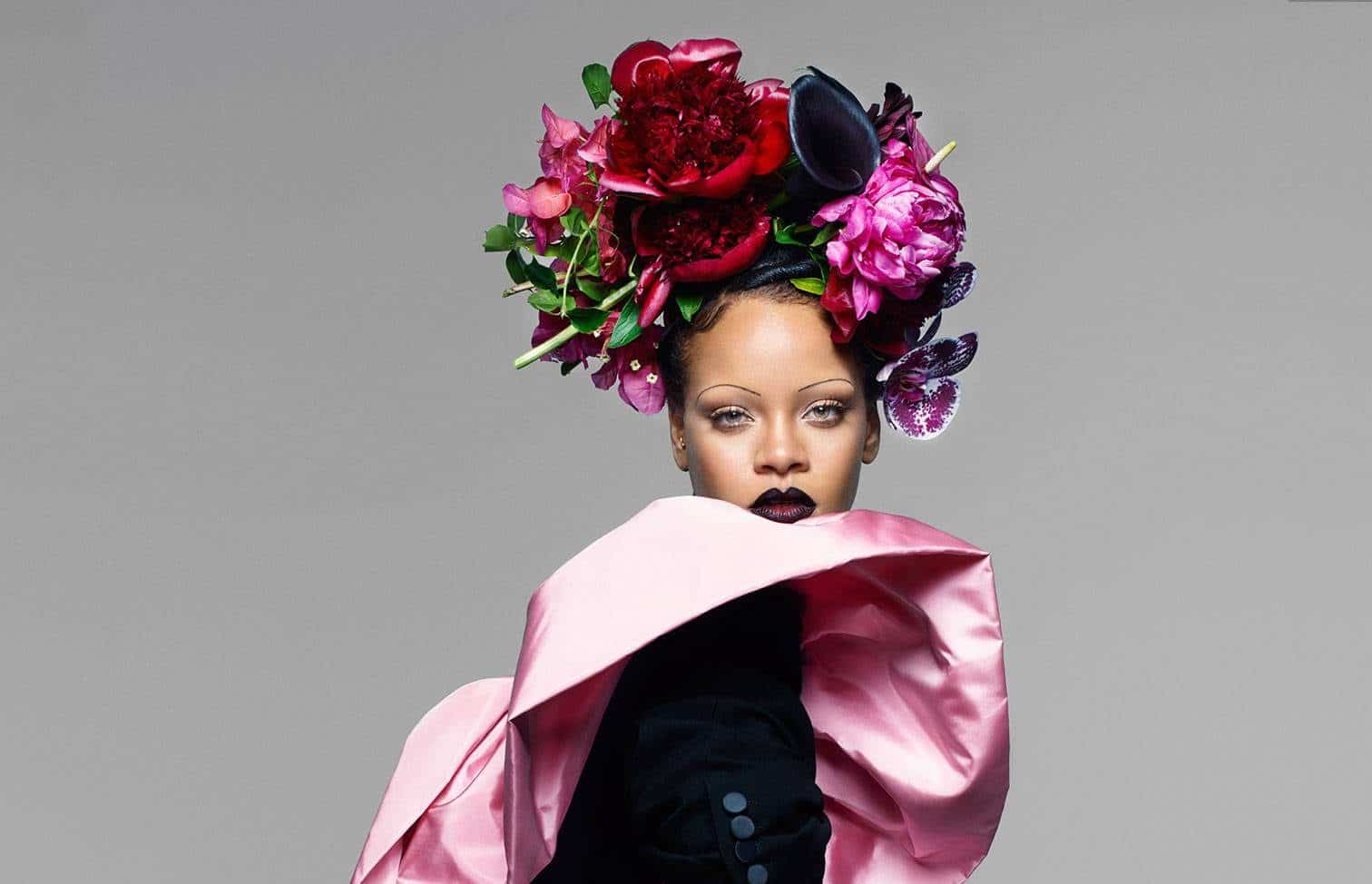
Rihanna in British Vogue September 2018
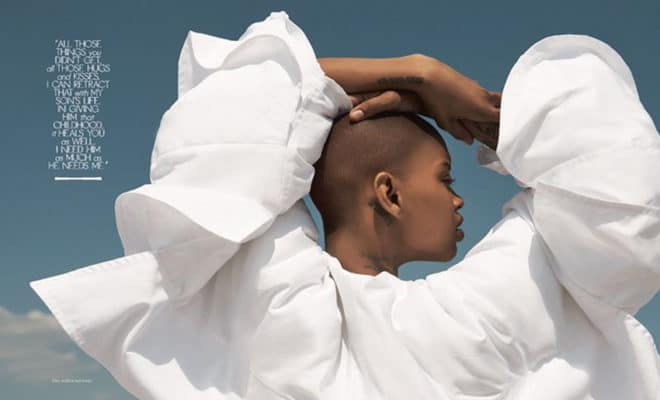
Slick Woods in ELLE UK September 2018
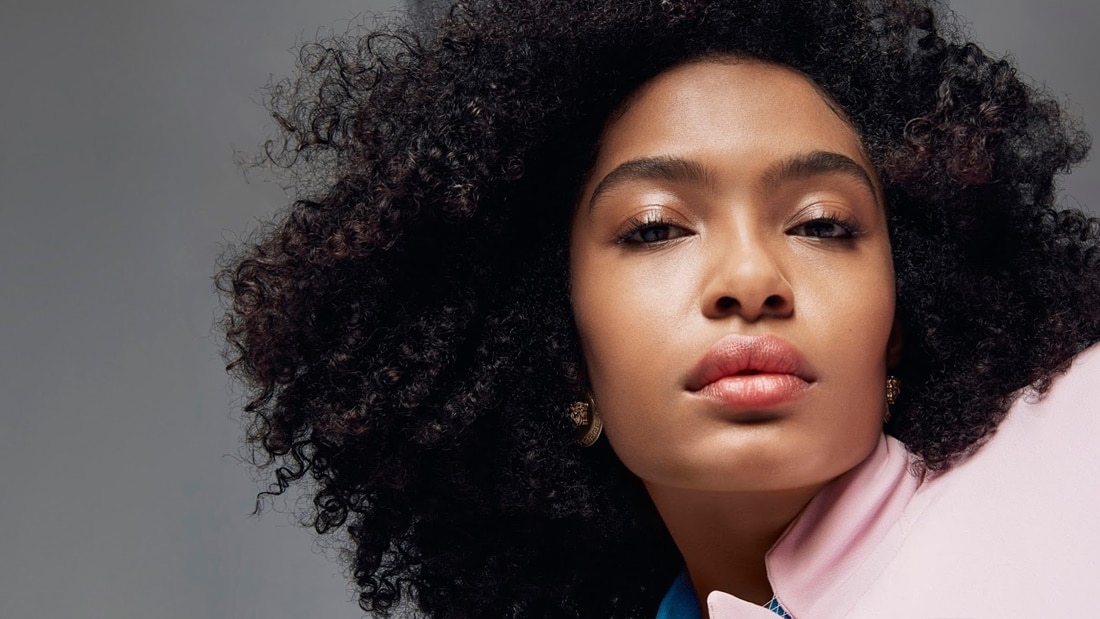
Yara Shahidi in the Hollywood Reporter
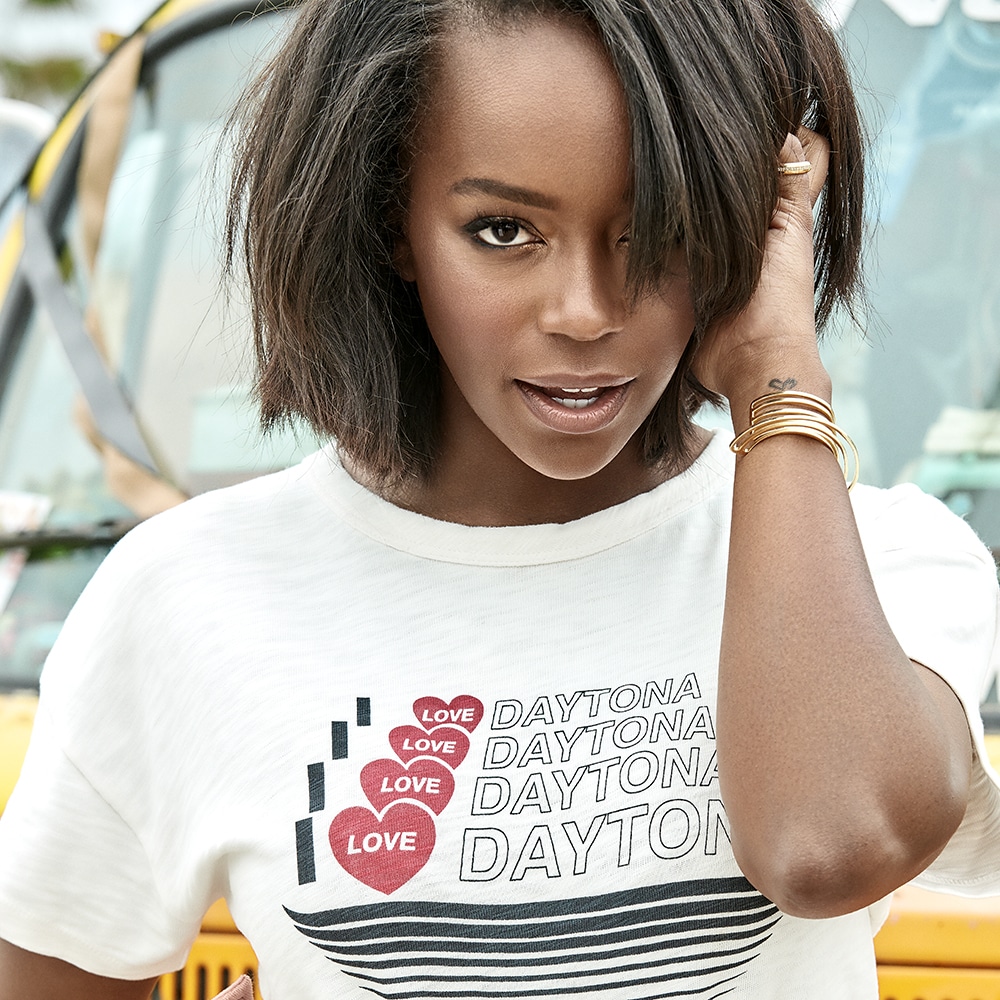
Aja Naomi King in the September 2018 issue of Shape magazine
The interviews with these women are serious, substantive and wide-ranging. They’re honest, and funny and occasionally raw, and they present these subjects as women in full.
What does it all mean? And is it just a passing fad? Is this part of the global Resistance? Or pure coincidence? It’s probably too soon to tell.
But one thing is already clear: people are taking note, and taking hope, from the collective impact of these cover choices.
No less than NBA star LeBron James wrote in an Instagram post: “Thank you all for continuing to not settle and setting great examples in life for so many looking up to you for inspiration/guidance and love!”
Amen, brother. #BlackGirlMagic is real.
Join our community
For access to insider ideas and information on the world of luxury, sign up for our Dandelion Chandelier newsletter. And see luxury in a new light.

